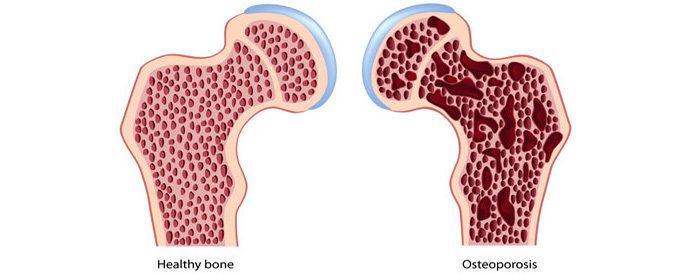
Calcium Dietary Supplement – Fact Sheet
Calcium Dietary Supplement – Fact Sheet
Source: National Institute of Health
Calcium, the most abundant mineral in the body, is found in some foods, added to others, available as a dietary supplement, and present in some medicines (such as antacids). Calcium is required for vascular contraction and vasodilation, muscle function, nerve transmission, intracellular signaling and hormonal secretion, though less than 1% of total body calcium is needed to support these critical metabolic functions [1]. Serum calcium is very tightly regulated and does not fluctuate with changes in dietary intakes; the body uses bone tissue as a reservoir for, and source of calcium, to maintain constant concentrations of calcium in blood, muscle, and intercellular fluids [1].
The remaining 99% of the body’s calcium supply is stored in the bones and teeth where it supports their structure and function [1]. Bone itself undergoes continuous remodeling, with constant resorption and deposition of calcium into new bone. The balance between bone resorption and deposition changes with age. Bone formation exceeds resorption in periods of growth in children and adolescents, whereas in early and middle adulthood both processes are relatively equal. In aging adults, particularly among postmenopausal women, bone breakdown exceeds formation, resulting in bone loss that increases the risk of osteoporosis over time.
Table of Contents
- Introduction
- Recommended Intakes
- Sources of Calcium
- Calcium Intakes and Status
- Calcium Deficiency
- Groups at Risk of Calcium Inadequacy
- Calcium and Health
- Health Risks from Excessive Calcium
- Interactions with Medications
- Calcium and Healthful Diets
- References
- Disclaimer

